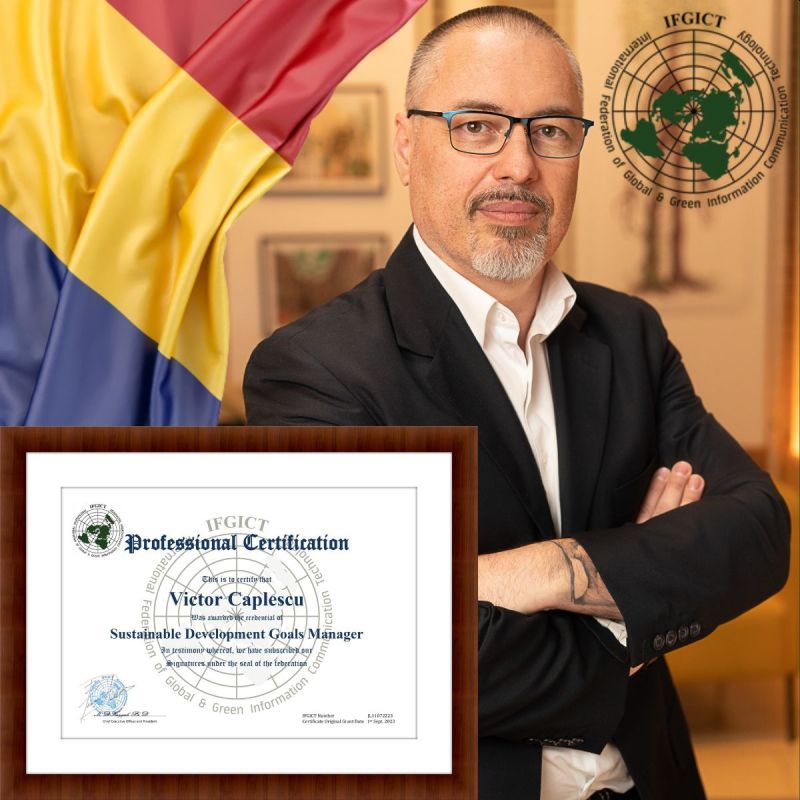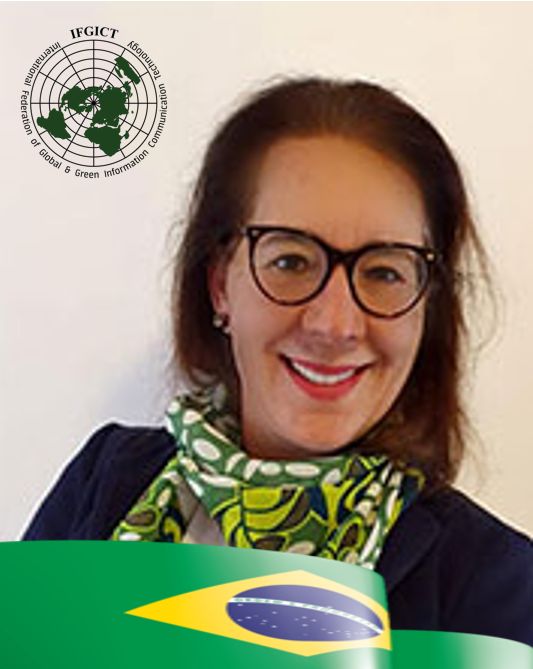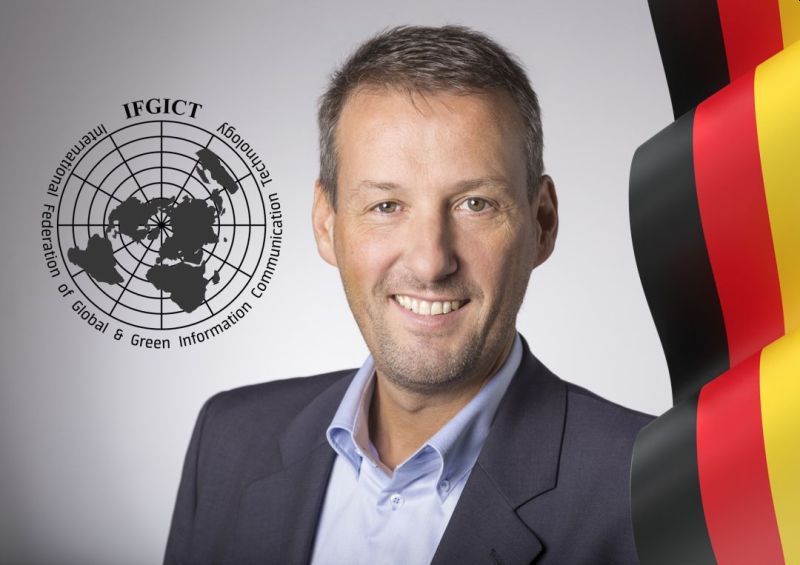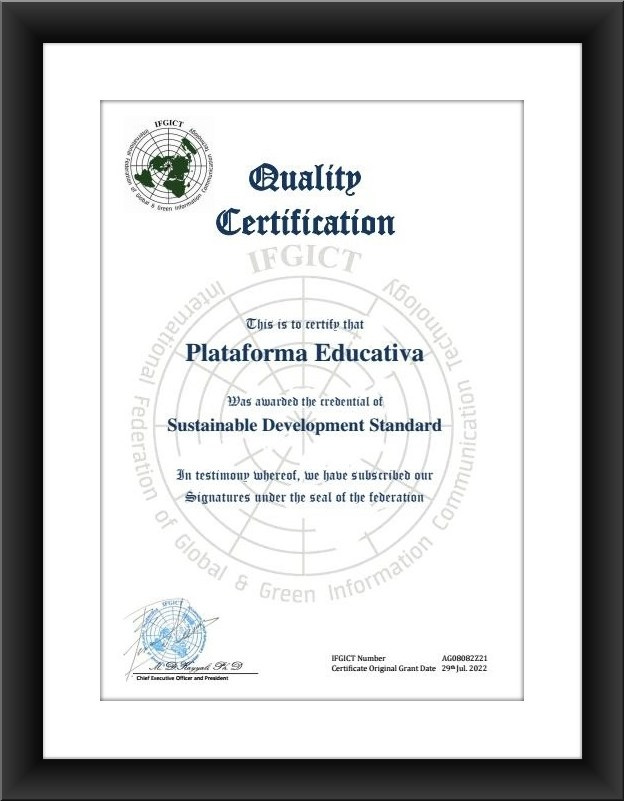






Understanding the Audit Protocol and Methodology for SDG Standards
As a society, we are increasingly becoming aware of the importance of sustainable development. We recognize that the world’s resources are finite and that we need to do everything we can to preserve them for future generations. That’s why the United Nations has established the Sustainable Development Goals (SDGs), a set of 17 targets that aim to create a better world for everyone. But how do we measure progress towards the SDGs? That’s where sustainable development audits come into play. In this article, I will take you through the audit protocol and methodology for SDG sustainable development standards, the benefits of aligning with these standards, key performance indicators (KPIs) for sustainable development audits, steps for conducting sustainable development audits, common challenges faced during sustainable development audits, best practices for effective sustainable development audits, tools for measuring sustainable development performance, and sustainable development certification and recognition.
Introduction to Sustainable Development Goals (SDGs) and their importance
The Sustainable Development Goals (SDGs) are a universal call to action to end poverty, protect the planet, and ensure that all people enjoy peace and prosperity by 2030. They were adopted by all United Nations Member States in 2015 as a universal call to action to end poverty, protect the planet, and ensure that all people enjoy peace and prosperity by 2030. The SDGs are unique in that they call for action by all countries, poor, rich, and middle-income, to promote prosperity while protecting the planet. They recognize that ending poverty must go hand-in-hand with strategies that build economic growth and address a range of social needs including education, health, social protection, and job opportunities, while tackling climate change and environmental protection.
The SDGs are important because they provide a clear roadmap for achieving sustainable development. They help us to focus our efforts on the most pressing issues facing our planet and provide a framework for measuring progress. By aligning our actions with the SDGs, we can ensure that we are working towards a better future for everyone.
Understanding the audit protocol and methodology for SDG sustainable development standards
The IFGICT protocol and methodology in sustainable development audits are a way of measuring progress towards the SDGs. IFGICT provide a framework for assessing how well an organization is performing in relation to sustainable development. The audit protocol and methodology at IFGICT for SDG sustainable development standards involve a systematic review of an organization’s operations, processes, and systems to identify areas where they can improve their sustainability performance.
The audit protocol involves a number of steps, including:
1.Defining the scope of the audit: This involves identifying the boundaries of the audit, including the processes, systems, and operations that will be assessed.
2.Conducting a baseline assessment: This involves assessing the organization’s current sustainability performance in relation to the SDGs.
3.Identifying gaps and opportunities: This involves identifying areas where the organization is falling short in relation to the SDGs and areas where there is an opportunity for improvement.
4.Developing an action plan: This involves developing a plan for addressing the gaps and opportunities identified in the audit.
5.Implementing the action plan: This involves implementing the actions identified in the action plan.
6.Monitoring and reviewing progress: This involves monitoring and reviewing progress towards the SDGs and adjusting the action plan if necessary.
This standard establishes data format requirements for blockchain systems. This standard addresses data structures, data types, and data elements.
Benefits of IFGICT in aligning with SDG standards
There are many benefits to aligning with SDG standards. First, it helps organizations to focus their efforts on the most pressing sustainability issues facing the planet. By aligning their actions with the SDGs, organizations can ensure that they are working towards a better future for everyone. Second, it helps organizations to improve their social and environmental performance. By conducting sustainable development audits and implementing the actions identified in the audit, organizations can improve their sustainability performance and reduce their environmental impact. Third, it helps organizations to build trust with stakeholders. By demonstrating their commitment to sustainable development, organizations can build trust with customers, employees, investors, and other stakeholders.
Key performance indicators (KPIs) for sustainable development audits
Key performance indicators (KPIs) are a way of measuring progress towards sustainable development. They provide a way of measuring an organization’s sustainability performance and identifying areas where they can improve. Some examples of KPIs for sustainable development audits include:
- Energy consumption: This measures the amount of energy used by an organization and can help to identify opportunities for energy efficiency improvements.
- Water consumption: This measures the amount of water used by an organization and can help to identify opportunities for water conservation.
- Waste generation: This measures the amount of waste generated by an organization and can help to identify opportunities for waste reduction and recycling.
- Greenhouse gas emissions: This measures the amount of greenhouse gases emitted by an organization and can help to identify opportunities for reducing emissions.
Steps for conducting sustainable development audits
Conducting sustainable development audits involves a number of steps. Here are some of the key steps:
- Define the scope of the audit: This involves identifying the boundaries of the audit, including the processes, systems, and operations that will be assessed.
- Develop a baseline assessment: This involves assessing the organization’s current sustainability performance in relation to the SDGs.
- Identify gaps and opportunities: This involves identifying areas where the organization is falling short in relation to the SDGs and areas where there is an opportunity for improvement.
- Develop an action plan: This involves developing a plan for addressing the gaps and opportunities identified in the audit.
- Implement the action plan: This involves implementing the actions identified in the action plan.
- Monitor and review progress: This involves monitoring and reviewing progress towards the SDGs and adjusting the action plan if necessary.
Common challenges faced during sustainable development audits
There are many challenges that organizations face when conducting sustainable development audits. Some of the common challenges include:
- Lack of data: Organizations may not have the data they need to assess their sustainability performance accurately.
- Resistance to change: Organizations may be resistant to change, making it difficult to implement the actions identified in the audit.
- Lack of resources: Organizations may not have the resources they need to implement the actions identified in the audit.
- Lack of expertise: Organizations may not have the expertise they need to conduct a sustainable development audit effectively.
Best practices for effective sustainable development audits
To conduct effective sustainable development audits, organizations should follow some best practices. Here are some of the key best practices:
- Use a systematic approach: Organizations should use a systematic approach to conduct sustainable development audits. This involves following a clear protocol and methodology.
- Involve stakeholders: Organizations should involve stakeholders in the audit process. This can help to build support for the actions identified in the audit.
- Set realistic targets: Organizations should set realistic targets for their sustainability performance. This can help to ensure that the actions identified in the audit are achievable.
Monitor and review progress: Organizations should monitor and review progress towards the SDGs. This can help to ensure that they are on track to achieve their sustainability goals
Tools for measuring sustainable development performance
There are many tools available for measuring sustainable development performance. Some of the key tools include:
- Sustainability reporting frameworks: These frameworks provide a way of reporting on an organization’s sustainability performance.
- Life cycle assessment tools: These tools provide a way of assessing the environmental impact of a product or service throughout its life cycle.
- Carbon footprint calculators: These calculators provide a way of measuring an organization’s greenhouse gas emissions.
- Social impact assessment tools: These tools provide a way of assessing an organization’s social impact.
Importance of IFGICT sustainable development audits for creating a better future
Sustainable development audits are a crucial tool for measuring progress towards the SDGs. By aligning our actions with the SDGs and conducting sustainable development audits, we can ensure that we are working towards a better future for everyone. Sustainable development audits provide a way of assessing an organization’s sustainability performance, identifying areas where they can improve, and developing an action plan to address those areas. By following best practices and using tools to measure sustainability performance, organizations can improve their social and environmental performance and build trust with stakeholders. Finally, by seeking certification and recognition for their sustainable development efforts, organizations can demonstrate their commitment to creating a better future for everyone.
If you are interesting to obtain SDG certification for your company or organization based IFGICT protocol and methodology in alignment with UN SDG, feel free to contact us and we will be happy to assist you.
Check out our Sustainable development goals manager certification (sdgm)

